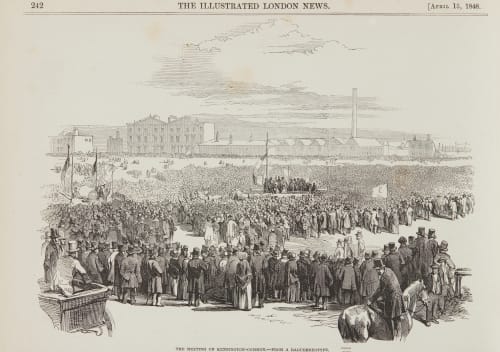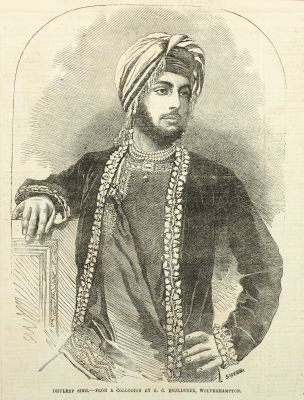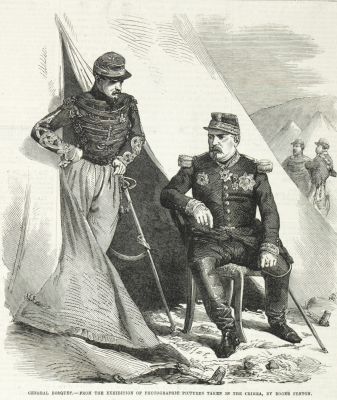
Title
The Meeting Of Kennington-CommonArtist
Kilburn, William Edward (British, 1818-1891)Publication
The Illustrated London NewsDate
1848Process
Engraving (from photograph)Image Size
16.5 x 23 cmSheet Size
40 x 27 cm
Remarkably, a pioneering photographic record survives of the culmination of one of the most significant days in England’s nineteenth-century political history—William Kilburn’s fascinating Daguerreotypes of the Chartist mass meeting held at Kennington Common, London on 10 April 1848. Among the earliest photographs of a crowd, this early reproduction is reported to be the first wood engraving made from a daguerreotype and used in a newspaper. It was printed by the Illustrated London News in its 15 April edition.
The Chartist meeting was held at Kennington Common on 10th April 1848. It was the last time the Chartists attempted to present a petition to Parliament. Fearing an attempted revolution, the Government prepared immensely for the meeting and filled London with 85,000 special constables, as well as putting 8,000 soldiers on alert. Although there were probably upwards of 20,000 (perhaps as many as 50,000) people present, the meeting was a peaceful one. As the crowd dispersed Feargus O’Connor and the Chartist Executive delivered the petition to Parliament in a series of coaches. O’Connor claimed the petition had 5,700,000 signatures, but when the clerks in the House of Commons examined it, they found it to feature less than two million names. These included a number of falsely-signed names, such as those of Queen Victoria, Sir Robert Peel and The Duke of Wellington, which only served to discredit the petition further. Despite the huge amount of legitimate signatures, Parliament did not take the petition seriously and it was rejected.








